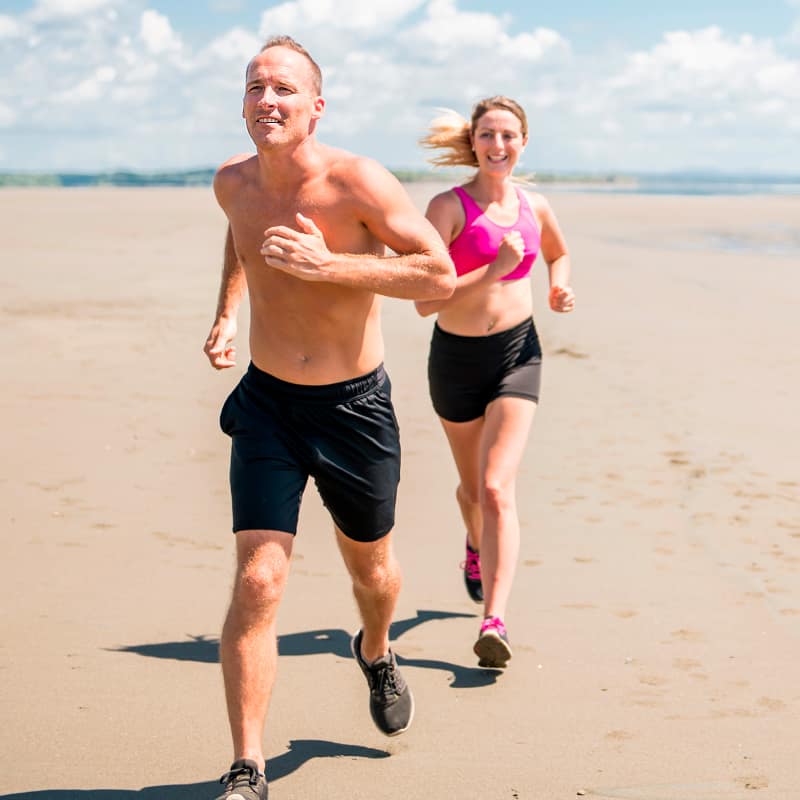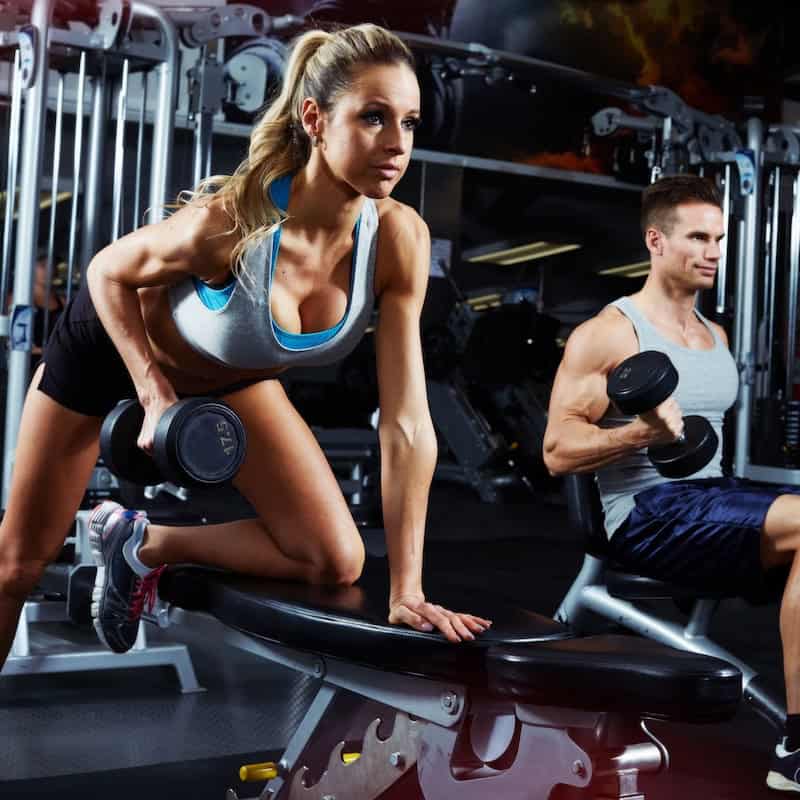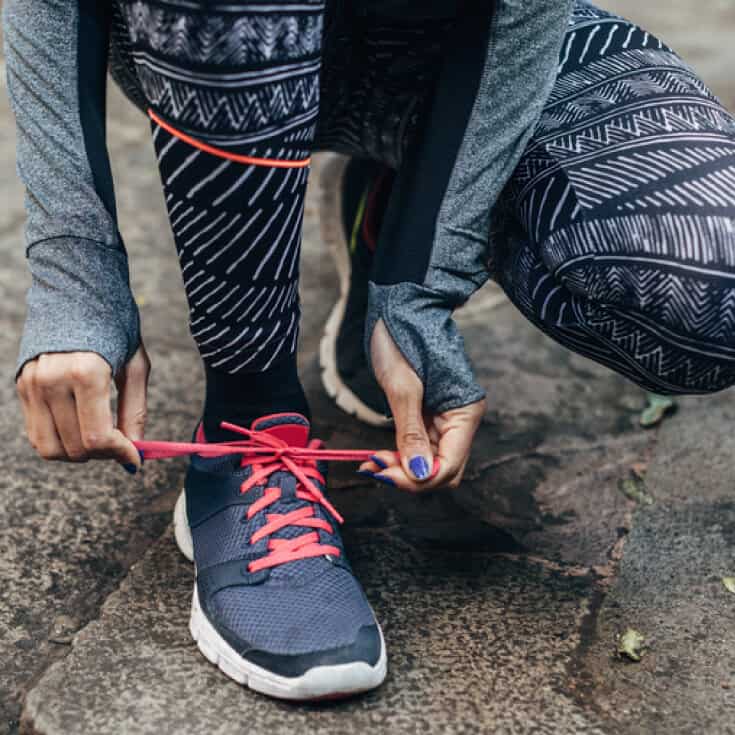This Dr. Axe content is medically reviewed or fact checked to ensure factually accurate information.
With strict editorial sourcing guidelines, we only link to academic research institutions, reputable media sites and, when research is available, medically peer-reviewed studies. Note that the numbers in parentheses (1, 2, etc.) are clickable links to these studies.
The information in our articles is NOT intended to replace a one-on-one relationship with a qualified health care professional and is not intended as medical advice.
This article is based on scientific evidence, written by experts and fact checked by our trained editorial staff. Note that the numbers in parentheses (1, 2, etc.) are clickable links to medically peer-reviewed studies.
Our team includes licensed nutritionists and dietitians, certified health education specialists, as well as certified strength and conditioning specialists, personal trainers and corrective exercise specialists. Our team aims to be not only thorough with its research, but also objective and unbiased.
The information in our articles is NOT intended to replace a one-on-one relationship with a qualified health care professional and is not intended as medical advice.
Benefits of Flexibility + How to Improve It
November 27, 2021

It’s can be tempting to skip the stretching aspect of training when you feel like it’s not providing any real payoffs. However, a large body of research shows that there are in fact many benefits of flexibility exercises and stretches — including preventing injuries, reducing pain, and assisting in posture, balance, mobility and performance.
What exactly is flexibility? Flexibility is defined as “the quality of bending easily without breaking.”
It’s what helps keep our muscles elastic, rather than allowing them to shorten and stiffen. This is important not just for athletic performance, but also for everyday activities that improve quality of life (especially among older people).
What are examples of flexibility activities? These include stretching, foam rolling, yoga, pilates and tai chi.
As explained more below, it’s ideal to incorporate several different types into your routine. This way you target multiple parts of your body that can wind up becoming tense and tight, such as your hamstrings and shoulders.
Benefits of Flexibility
People who are flexible have the ability to to lengthen one or more joints and move through a greater range of motion without limitations or feeling pain. According to experts in flexibility, such as physical therapists and orthopedics, the importance of staying flexible shouldn’t be overlooked — since it’s one of the keys to preventing injuries, aging gracefully and remaining independent in older age.
In case you need a refresher about the many benefits of flexibility, here are the top reasons to include stretches and flexibility exercises, such as yoga, in your training routine:
1. Can Help Prevent Injuries Due to Tightness
How does being flexible prevent injuries? Flexibility reduces imbalances and muscular compensations that can contribute to strains, pulls and tears.
It can also decrease tension in muscles and helps prevent tightness from causing too much stress on neighboring joints.
Essentially, we need to stretch to lengthen muscles so risk of injury is reduced, since inflexible muscles and joints overcompensate for other ones that are too tight.
2. Improved Range of Motion Enhances Performance
According to Harvard Health Publishing, “a well-stretched muscle more easily achieves its full range of motion. This improves athletic performance — imagine an easier, less restricted golf swing or tennis serve — and functional abilities, such as reaching, bending, or stooping during daily tasks.”
Greater range of motion in certain body parts, such as your in your hips and knees, allows you to get the most benefits from your workouts because it helps you push yourself further, sink deeper into exercises, and ultimately allows you to keep training for longer and at higher intensities.
Flexibility is also important for decreasing straining and discomfort while working out, which makes it easier to push yourself more and then recover more easily.
3. Enhanced Mobility Assists in Everyday Activities
People who regularly perform flexibility exercises tend to experience less pain and can more easily do everyday tasks like bending down to tie a shoe, walking upstairs, picking things up from the floor, or getting up from chairs or couches.
This is why flexibility becomes even more important as people age, since it reduces the risk for poor balance, falls and accidents.
4. Helps Improve Posture
Sitting for long periods of time and failing to stretch after exercise can both take a toll on your posture and mobility. For example, too much sitting often causes tightness in muscles in your low back, hips and calves.
Flexibility exercises can help improve posture and decrease slouching and pain in people who sit for prolonged periods of time or who are mostly sedentary. For example, upper-back and shoulder stretches can decrease neck pain and headaches, while leg and hip stretches can reduce sciatic pain and knee pain.
Stretching is also helpful for people with arthritis and spinal problems (as long as it’s done correctly).
How to Become More Flexible
When working on improving your overall flexibility, make sure to focus on these areas of the body, which tend to be the tightest:
- Hamstrings
- Lower back
- Hips/hip flexors/piriformis muscle located on the outside of the butt
- Calves
- Lower back
- Shoulders
- Neck
How should you incorporate stretching into your training?
If possible, do a combination of stretches and activities, like yoga, static stretching and foam roller exercises. (See below in FAQs for more about the different types of stretching exercises.)
Foam rolling, also called myofascial release, is a form of self-massage that you can do to loosen up sore muscles and tight joints and aid in muscle recovery either before and/or after a workout. Myofascial release describes what happens when you apply pressure to certain muscles to eliminate adhesions that can lead to stiffness and tension.
You can do foam rolling at home using an expensive roller or include other modalities including rolfing, massage and the Graston technique.
What are the benefits of yoga for flexibility? Yoga is a form of dynamic stretching that uses many different parts of your body.
It links movement with breathing and can also help you relax. Studies show that people who do yoga regularly tend to have better range of motion, balance and even a better handle on stress.
Which stretches are best for becoming more flexible?
To improve flexibility in your hamstrings, hips, back, shoulders and so on, incorporate the stretches below into your regular routine. Hold each stretch for about 10 to 30 seconds, repeating two to three times if you’d like:
- Forward Fold — Stand tall with your feet hip-width apart, knees slightly bent. Bend forward at the hips, lowering your head toward floor and reaching toward your toes.
- Downward Dog — Get into an upside-down V position. Press your heels down toward the floor while pushing away the ground with your hands and keeping your shoulders down and rolled back. Lift up through your core to push your hips up and back.
- Puppy Pose — Start on all fours, then reach your arms as far forward as you can. Push your hips up and back toward your heels.
- Twisted Lunge — Get into a lunge, then place your hand on the floor and twist your upper body to the opposite side. Repeat on the other side.
- Butterfly — Sit on floor and bring your heels together with your knees bent, moving your knees out and down toward the ground.
- Kneeling Side Bend — Start by kneeling, then step one leg out to the side. Reach your opposite arm up and over toward your extended leg to stretch the sides of your body.
- Standing Quad Stretch — Stand with your feet together, bend one knee and reach your heel back toward your butt as you pull your foot to release the front of your leg.
- Knee to Chest — Lie on your back and pull one knee at a time into your chest as you extend the opposite leg out.
- Figure Four — Lie on your back with your feet flat, then cross your left foot over your right quad. Lift your right leg off the floor and grab onto the back of your right leg and gently pull it toward your chest. Repeat on the other side.
- Laying Torso Rotation — Lie on your back with your knees bent and feet together, flat on the floor. Put your arms out to each side. Tighten your core and lift both knees toward your chest, then lower them together to the left side and repeat on the other side.
Other Flexibility FAQs
What are the three types of flexibility techniques?
There are considered to be three main types of stretching methods for improving muscle flexibility. Each has its own uses and benefits:
- Static stretching — consists of holding muscles in their maximal lengthened position (at the point of discomfort) for around 30 seconds. An example is bending over to touch your toes and holding this position.
- Dynamic stretching — a method of stretching the muscle via movement of the limbs/joints. An example is swinging your leg back and forth in wide circles.
- Proprioceptive neuromuscular facilitation (PNF) — when the muscle is contracted in an already fully lengthened position and held briefly. This is usually done with help from a training partner or therapist. An example is someone lifting a leg straight up to contract the hamstrings as much as possible while a therapist resists the movement and assists the stretch for about 10 seconds.
How often should you stretch?
If possible, do some type of stretching every day, whether it’s yoga, tai chi exercises or simple calisthenics you do at home. You don’t need to do a lot to reap the benefits. Just 10 minutes is enough to make a difference in mobility, balance and comfort.
Try doing stretches at roughly the same time each day so it becomes an engrained habit. You might choose to stretch after a morning workout or mid-day walk, after a hot shower, or before bed.
Should you stretch before or after working out?
Experts now believe that dynamic stretching should ideally be done briefly as part of a warm-up routine, and then static stretching should be done as part of a warm-down routine after working out, such as after doing a HIIT workout or quad exercises.
While static stretching does have its perks after a workout (it can increase range of motion), dynamic stretching and PNF seem to be more effective as part of a warm-up, since both increase blood flow and oxygen to muscles and stimulate nerves more than static stretching. You can also incorporate foam roller exercise before workouts to improve blood flow and loosen up muscles and joints.
Overall, static stretching should be used after workouts to increase flexibility and range of movement, while more dynamic stretches should be done prior to sports or power workouts.
How long should you stretch?
When warming up, aim for five to 10 minutes of dynamic movements. After five to 10 minutes your muscles should feel a bit looser and warm.
After a workout, do another five to 10 minutes of static stretching or foam rolling as part of a cool-down routine.
Risks and Side Effects
When stretching or foam rolling, try pushing yourself to the point of “mild tension,” but don’t go far enough that you feel lots of pain or burning. Remember to keep breathing while you stretch and to deepen into flexibility exercises slowly as you monitor your body.
Visit your doctor or a physical therapist if you experience any sharp pains and suspect you have an injury. Rather than trying to treat an injury yourself, it’s best to get evaluated by a professional in order to prevent worsening any damage.
Conclusion
- Staying flexible by stretching, using a foam roller and doing dynamic warm-ups can help prevent injuries, improves recovery after exercise, and help improve physical performance, range of motion and mobility.
- What are the best flexibility exercises? Examples include stretching, foam rolling, yoga, pilates and tai chi. Focus on doing flexibility exercises that target tight areas like your hamstrings, hips, shoulders, lower back and neck.
- Prior to a workout or competition, try dynamic movements rather than static stretches to loosen up. After working out, hold the stretches described above for about 30 seconds each.










